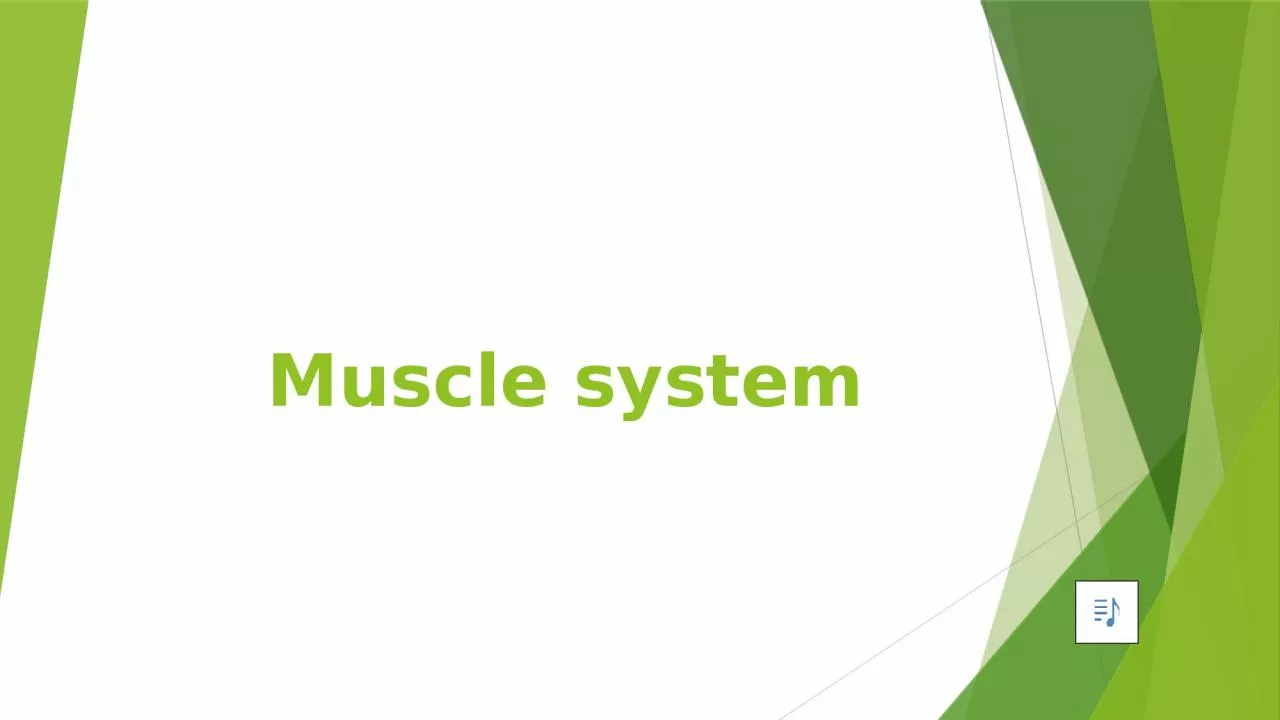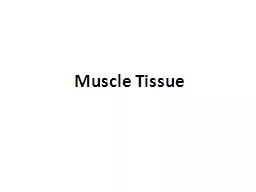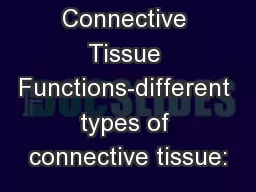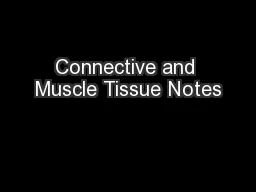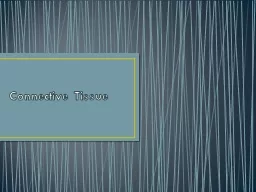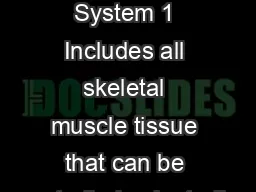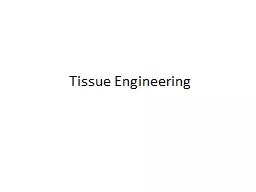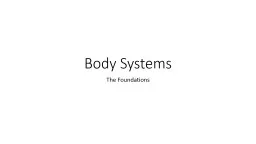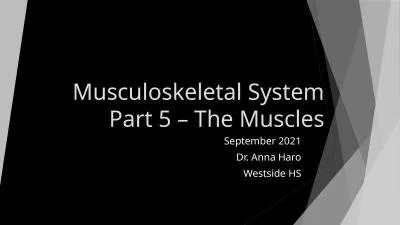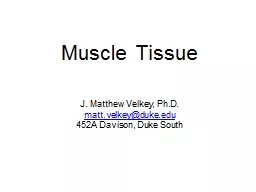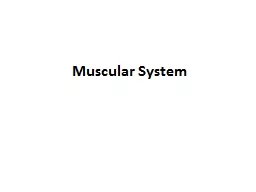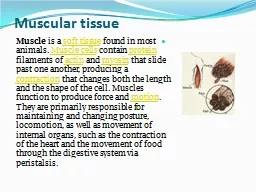PPT-Muscle system Muscle Tissue
Author : cecilia | Published Date : 2024-01-29
The muscular tissue consists of all the muscles of the body These make up almost 42 of total body weight and are composed of long cells known as fibers The
Presentation Embed Code
Download Presentation
Download Presentation The PPT/PDF document "Muscle system Muscle Tissue" is the property of its rightful owner. Permission is granted to download and print the materials on this website for personal, non-commercial use only, and to display it on your personal computer provided you do not modify the materials and that you retain all copyright notices contained in the materials. By downloading content from our website, you accept the terms of this agreement.
Muscle system Muscle Tissue: Transcript
Download Rules Of Document
"Muscle system Muscle Tissue"The content belongs to its owner. You may download and print it for personal use, without modification, and keep all copyright notices. By downloading, you agree to these terms.
Related Documents

